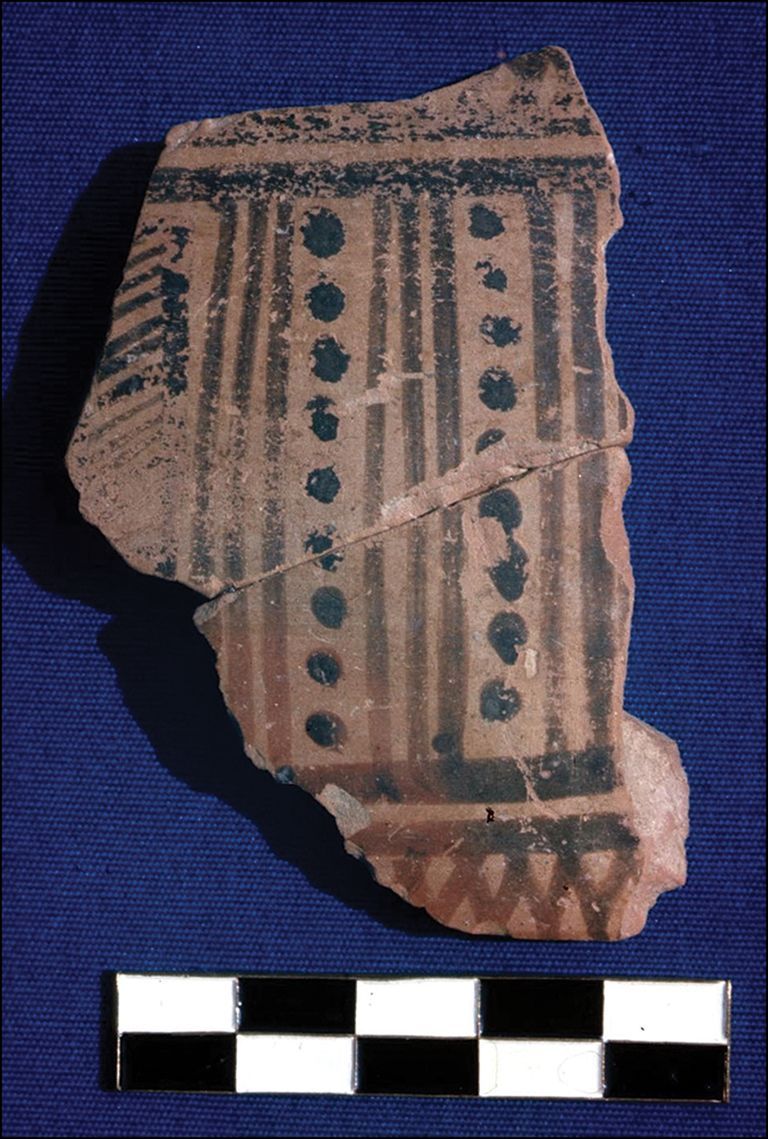Good King Wenceslas (yes, the one from the carols) was murdered by his brother in AD 935.
📷 Wenceslas trying to escape his brother.
📷 Wenceslas trying to escape his brother.

A mass grave of up to 60 further victims was found at Budeč hillfort (🇨🇿), providing archaeological evidence of this event and making this a #HillfortsWednesday
Warning: There will be some pictures of the grave coming up
Warning: There will be some pictures of the grave coming up
Budeč hillfort is said to be where Wenceslas had his early education. It was a stronghold built by his family to cement their power in the 9th century.
📷: Budeč, where the mass grave was found just outside the walls of the fort (red arrow).
📷: Budeč, where the mass grave was found just outside the walls of the fort (red arrow).

The grave at Budeč hillfort featured 33 - 60 skeletons, most showing signs of violent death and being left unburied for some time.
📷: The grave
📷: The grave

Later historical texts indicate there was a wave of violence following the murder of Wenceslas, as his brother killed supporters of the old ruler. But there was speculation it might have been an embellishment by later authors.
📷: 1585 depiction of the killing of Wenceslas
📷: 1585 depiction of the killing of Wenceslas

Find out more in the research on Budeč hillfort (🆓):
The archaeology of early medieval violence: the mass grave at Budeč, Czech Republic - Ivo Štefan, Petra Stránská and Hana Vondrová
doi.org/10.15184/aqy.2…
The archaeology of early medieval violence: the mass grave at Budeč, Czech Republic - Ivo Štefan, Petra Stránská and Hana Vondrová
doi.org/10.15184/aqy.2…

• • •
Missing some Tweet in this thread? You can try to
force a refresh



















